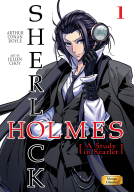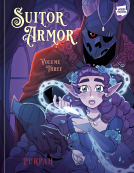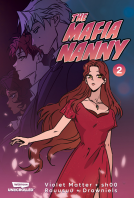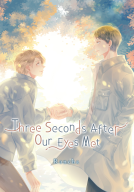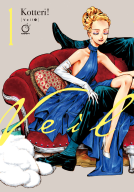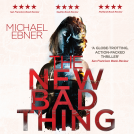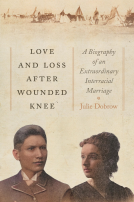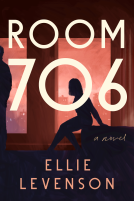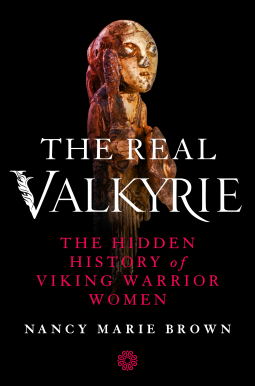
The Real Valkyrie
The Hidden History of Viking Warrior Women
by Nancy Marie Brown
This title was previously available on NetGalley and is now archived.
Send NetGalley books directly to your Kindle or Kindle app
1
To read on a Kindle or Kindle app, please add kindle@netgalley.com as an approved email address to receive files in your Amazon account. Click here for step-by-step instructions.
2
Also find your Kindle email address within your Amazon account, and enter it here.
Pub Date Aug 31 2021 | Archive Date Sep 14 2021
Talking about this book? Use #TheRealValkyrie #NetGalley. More hashtag tips!
Description
In the tradition of Stacy Schiff’s Cleopatra, Brown lays to rest the hoary myth that Viking society was ruled by men and celebrates the dramatic lives of female Viking warriors
“Once again, Brown brings Viking history to vivid, unexpected life—and in the process, turns what we thought we knew about Norse culture on its head. Superb.” —Scott Weidensaul, author of New York Times bestselling A World on the Wing
"Magnificent. It captured me from the very first page." —Pat Shipman, author of The Invaders
In 2017, DNA tests revealed to the collective shock of many scholars that a Viking warrior in a high-status grave in Birka, Sweden was actually a woman. The Real Valkyrie weaves together archaeology, history, and literature to imagine her life and times, showing that Viking women had more power and agency than historians have imagined.
Nancy Marie Brown uses science to link the Birka warrior, whom she names Hervor, to Viking trading towns and to their great trade route east to Byzantium and beyond. She imagines her life intersecting with larger-than-life but real women, including Queen Gunnhild Mother-of-Kings, the Viking leader known as The Red Girl, and Queen Olga of Kyiv. Hervor’s short, dramatic life shows that much of what we have taken as truth about women in the Viking Age is based not on data, but on nineteenth-century Victorian biases. Rather than holding the household keys, Viking women in history, law, saga, poetry, and myth carry weapons. These women brag, “As heroes we were widely known—with keen spears we cut blood from bone.” In this compelling narrative Brown brings the world of those valkyries and shield-maids to vivid life.
Advance Praise
"This truly enjoyable and very well researched book is a must-read for anyone interested in Viking Age history and the history of women."
—Michèle Hayeur Smith, Haffenreffer Museum of Anthropology, Brown University
"Brown introduces us to a broader version of the Viking world, and to many powerful Viking women who have been previously dismissed as fiction. The end result is a complex, important, and delightful addition to women's history."
–Pamela D. Toler, author of Women Warriors: An Unexpected History
"An engaging read.. a much needed alternative retelling. The focus on the stories which are so often ignored makes it refreshing and thought provoking."
—Marianne Moen, author of The Gendered Landscape: a Discussion on Gender, Status and Power In the Norwegian Viking Age Landscape
"Engrossing... Brown engages the reader fully with her story-telling and with her unique point of view. She explores things others have not, to my knowledge, explored."
—William Short, manager, Hurstwic, author of Viking Weapons and Combat Techniques
"This amazing book offers nothing less than a paradigm shift... Carefully researched and beautifully written, this journey into the distant past has a lot to offer for current discussions of gender bending, the instability of scholarly “facts”, the dynamics of misogyny, and the legacy of slavery."
—Gísli Pálsson, Professor Emeritus, University of Iceland, author of The Man Who Stole Himself
"Magnificent. It captured me from the very first page. Brown manages to take the limited but startling information that one of richest graves of any Viking warrior ever discovered was that of a woman and paints a stunning tapestry of what life must have been like for a bold, brave woman in medieval times. Drawing upon her deep knowledge of Viking history, she creates an unforgettable character...I loved this book!"
—Pat Shipman, author of The Invaders
Available Editions
| EDITION | Other Format |
| ISBN | 9781250200846 |
| PRICE | $31.00 (USD) |
Average rating from 212 members
Readers who liked this book also liked:
Sir Arthur Conan Doyle
Comics, Graphic Novels, Manga, Mystery & Thrillers, Teens & YA
Kotteri
Comics, Graphic Novels, Manga, General Fiction (Adult), Teens & YA



